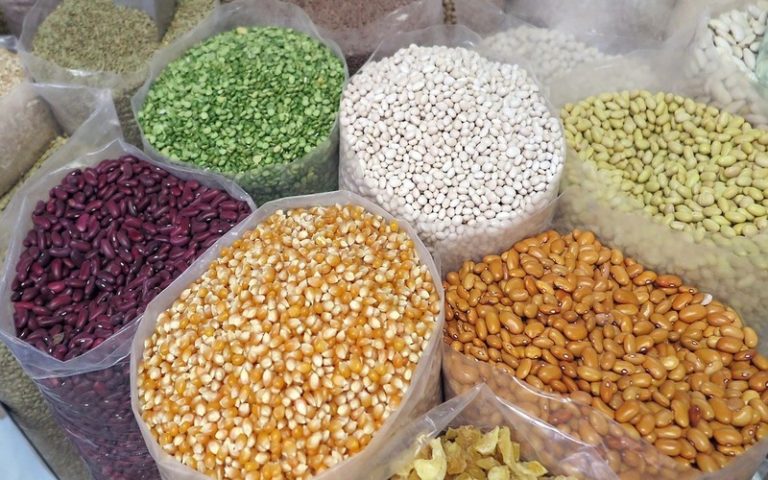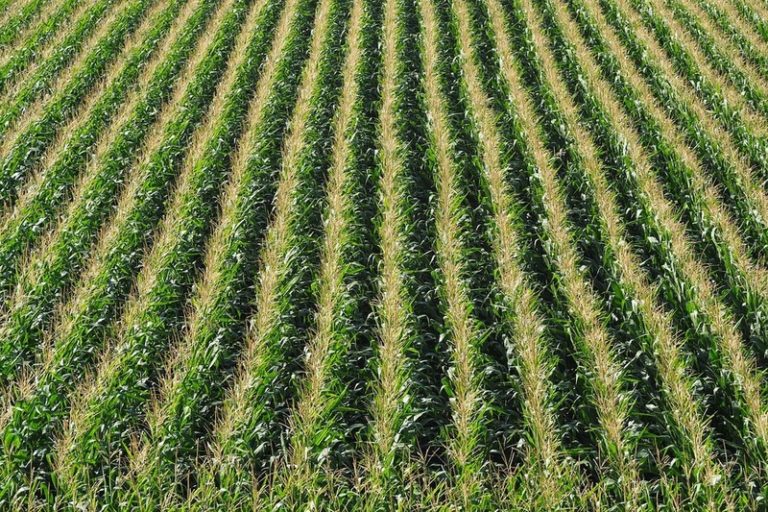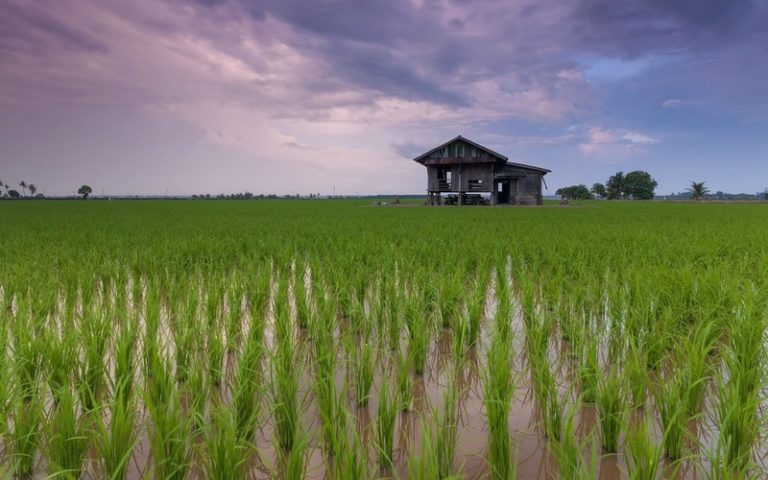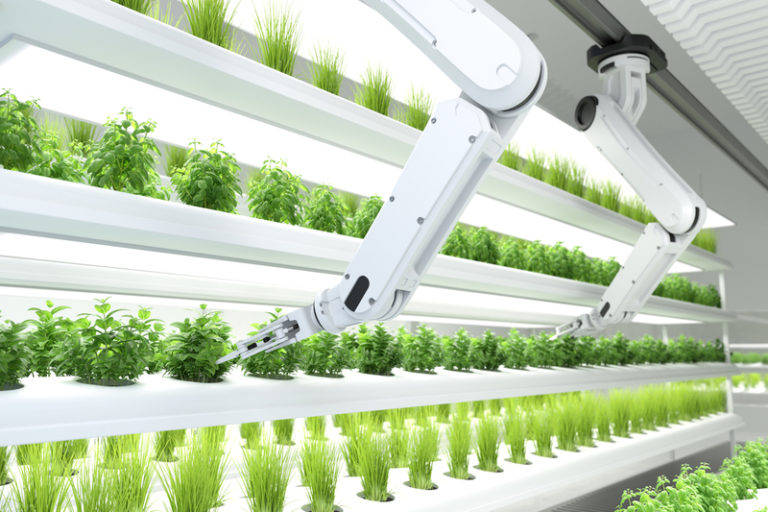10 Principles of Sustainable Agriculture: A Holistic Approach to Responsible Food Production
Sustainable agriculture is a form of farming that prioritizes ecological, social, and economic sustainability in its practices. It acknowledges that agricultural methods can have serious consequences for the environment and works to lessen such effects while bolstering rural economies and communities. The 10 sustainable agricultural principles offer a road map to success in this endeavor.
1. Diversity
Diversity is a fundamental principle of sustainable agriculture. It refers to the use of a variety of crops and livestock rather than relying on monoculture, which is the practice of growing a single crop in a large area. Monoculture can lead to soil degradation, pest and disease problems, and reduced biodiversity. In contrast, a diverse range of crops and livestock can improve soil health, reduce the risk of pests and diseases, and promote biodiversity.
One way to promote diversity in agriculture is through crop rotation. Crop rotation involves planting different crops in a field in a planned sequence. This can help maintain soil health by reducing soil-borne diseases and pests, improving soil structure, and increasing organic matter. Crop rotation can also provide farmers with a variety of crops to sell or use for food, fiber, or fuel.
Another way to promote diversity in agriculture is through the use of agroforestry systems. Agroforestry involves integrating trees, crops, and/or livestock in a way that mimics natural ecosystems. Agroforestry can improve soil health, reduce erosion, and provide farmers with a variety of products to sell or use.
2. Soil Health
Soil health is a crucial aspect of sustainable agriculture. Healthy soil supports healthy plants, which in turn support healthy animals and people. Soil health can be maintained through practices such as conservation tillage, cover cropping, and composting.
Conservation tillage involves reducing the amount of tillage or plowing that is done in a field. This can help reduce erosion, improve soil structure, and increase organic matter. Cover cropping involves planting a crop such as clover or rye in between main crops. Cover crops can help prevent soil erosion, suppress weeds, and improve soil fertility. Composting involves recycling organic waste such as food scraps or manure into a soil amendment. Compost can improve soil fertility, increase water-holding capacity, and reduce the need for synthetic fertilizers.
3. Water Conservation
Water is a limited resource, and conserving water is essential for sustainable agriculture. Practices such as drip irrigation and rainwater harvesting can help reduce water use and promote sustainability. Drip irrigation involves delivering water directly to the roots of plants, reducing water loss through evaporation and runoff. Rainwater harvesting involves collecting rainwater and storing it for later use. Rainwater harvesting can help reduce the need for irrigation and provide a source of water during dry periods.
4. Animal Welfare
Animal welfare is an important aspect of sustainable agriculture. Treating animals humanely can improve the welfare of animals and promote sustainability. Practices such as free-range grazing, access to clean water and shelter, and humane treatment of animals can promote animal welfare and support sustainable agriculture.
Free-range grazing involves allowing animals to graze on pasture rather than confining them to a feedlot. This can improve the welfare of animals by allowing them to engage in natural behaviors such as grazing and socializing. Providing animals with access to clean water and shelter can help promote their health and welfare. Humane treatment of animals involves avoiding practices such as confinement, overcrowding, and physical abuse.
5. Energy Efficiency
Reducing energy use is an important aspect of sustainable agriculture. Practices such as using solar power and biofuels can help reduce energy consumption and promote sustainability. Solar power involves using energy from the sun to generate electricity. Biofuels involve using
6. Integrated Pest Management
Integrated Pest Management (IPM) is an approach to pest control that seeks to minimize the use of synthetic pesticides. IPM involves monitoring pests, using biological controls, and using pesticides only as a last resort. This approach can reduce the risk of pesticide resistance, protect non-target organisms, and promote sustainability.
Biological controls involve using natural predators, parasites, or pathogens to control pests. This approach can reduce the need for synthetic pesticides and promote biodiversity. IPM can also involve cultural controls such as crop rotation, planting resistant varieties, and using trap crops to attract pests away from main crops.
7. Community Engagement
Sustainable agriculture involves engaging with and supporting local communities. This can involve selling products locally, promoting community-supported agriculture (CSA), and collaborating with local organizations. Supporting local communities can promote sustainability by reducing transportation emissions, promoting local economies, and fostering community resilience.
Community-supported agriculture involves selling shares of a farm’s produce to members of the community. This approach can provide farmers with a stable source of income, promote local food systems, and foster relationships between farmers and consumers. Collaborating with local organizations such as schools or community gardens can also promote sustainability by providing education and resources to the community.
8. Economic Viability
Sustainable agriculture must be economically viable in order to be sustainable over the long term. This means that farmers must be able to earn a living wage while also promoting sustainability. Practices such as direct marketing, value-added products, and crop diversification can help promote economic viability in sustainable agriculture.
Direct marketing involves selling products directly to consumers rather than through middlemen such as wholesalers. This approach can help farmers earn a higher price for their products and build relationships with customers. Value-added products involve processing or packaging products to add value and increase profits. Crop diversification involves growing a variety of crops rather than relying on a single crop. This can help reduce risk and increase profitability.
9. Adaptability
Sustainable agriculture must be adaptable to changing conditions such as climate change, market fluctuations, and natural disasters. This means that farmers must be able to adjust their practices to address new challenges and opportunities. Practices such as soil conservation, water management, and diversification can help promote adaptability in sustainable agriculture.
Soil conservation involves protecting soil health through practices such as cover cropping, conservation tillage, and composting. Water management involves conserving water through practices such as drip irrigation and rainwater harvesting. Diversification involves growing a variety of crops and/or raising a variety of livestock to reduce risk and increase resilience.
10. Innovation
Sustainable agriculture requires continuous innovation and improvement. This means that farmers must be willing to experiment with new practices and technologies in order to promote sustainability. Practices such as precision agriculture, agroforestry, and regenerative agriculture can help promote innovation in sustainable agriculture.
Precision agriculture involves using technology such as GPS, sensors, and drones to manage crops and livestock more efficiently. Agroforestry involves integrating trees, crops, and/or livestock in a way that mimics natural ecosystems. Regenerative agriculture involves using practices such as cover cropping, composting, and crop rotation to improve soil health and promote biodiversity.
In conclusion, the 10 principles of sustainable agriculture provide a framework for achieving environmentally, socially, and economically responsible food production. By promoting diversity, soil health, water conservation, animal welfare, energy efficiency, integrated pest management, community engagement, economic viability, adaptability, and innovation, sustainable agriculture can support healthy ecosystems, resilient communities, and thriving farms. By adopting these principles, farmers and consumers can work together to promote a more sustainable food system for the future.
FAQ:
Q: What is sustainable agriculture?
A: Sustainable agriculture is a type of farming that focuses on ecological, social, and economic sustainability. It acknowledges that farming practices can hurt the environment and tries to reduce these effects while also helping rural economies and communities. The 10 principles of sustainable agriculture provide guidance for achieving success in this endeavor.
Q: What is diversity in sustainable agriculture?
Diversity is a fundamental principle of sustainable agriculture. It refers to the use of a variety of crops and livestock, rather than relying on monoculture, which is the practice of growing a single crop in a large area. Diverse crops and livestock can help improve soil health, reduce the risk of pests and diseases, and promote biodiversity.
Q: How can crop rotation promote diversity in sustainable agriculture?
A: Crop rotation involves planting different crops in a field in a planned sequence. This can help maintain soil health by reducing soil-borne diseases and pests, improving soil structure, and increasing organic matter. Crop rotation can also provide farmers with a variety of crops to sell or use for food, fiber, or fuel.
Q: What is agroforestry in sustainable agriculture?
A: Agroforestry involves integrating trees, crops, and/or livestock in a way that mimics natural ecosystems. This can help improve soil health, reduce erosion, and provide farmers with a variety of products to sell or use.
Q: What is soil health in sustainable agriculture?
Soil health is a crucial aspect of sustainable agriculture. Healthy soil supports healthy plants, which in turn support healthy animals and people. Soil health can be maintained through practices such as conservation tillage, cover cropping, and composting.
Q: What is conservation tillage in sustainable agriculture?
Ans: Conservation tillage involves reducing the amount of tillage or plowing that is done in a field. This can help reduce erosion, improve soil structure, and increase organic matter.
Q: What is “cover cropping” in sustainable agriculture?
Ans: Cover cropping involves planting a crop such as clover or rye in between main crops. Cover crops can help prevent soil erosion, suppress weeds, and improve soil fertility.
Q: What is composting in sustainable agriculture?
Ans: Composting involves recycling organic waste, such as food scraps or manure, into a soil amendment. Compost can improve soil fertility, increase water-holding capacity, and reduce the need for synthetic fertilizers.
Q: Why is water conservation important for sustainable agriculture?
Ans: Water is a limited resource, and conserving water is essential for sustainable agriculture. Practices such as drip irrigation and rainwater harvesting can help reduce water use and promote sustainability.
Q: What is animal welfare in sustainable agriculture?
Ans: Animal welfare is an important aspect of sustainable agriculture. Practices such as free-range grazing, access to clean water and shelter, and humane treatment of animals can promote animal welfare and support sustainable agriculture.
Q: What is energy efficiency in sustainable agriculture?
Ans: Reducing energy use is an important aspect of sustainable agriculture. Practices such as using solar power and biofuels can help reduce energy consumption and promote sustainability.
Q: What is integrated pest management in sustainable agriculture?
Ans: Integrated Pest Management (IPM) is an approach to pest control that seeks to minimize the use of synthetic pesticides. IPM involves monitoring pests, using biological controls, and using pesticides only as a last resort. This approach can reduce the risk of pesticide resistance, protect non-target organisms, and promote sustainability.
Q: Why is community engagement important for sustainable agriculture?
Ans: Sustainable agriculture involves engaging with and supporting local communities. This can involve selling products locally, promoting community-supported agriculture (CSA), and collaborating with local organizations. Supporting local communities can promote sustainability by reducing transportation emissions, promoting local economies, and fostering community resilience.
Q: Why is economic viability important in sustainable agriculture?
Ans: For agriculture to be sustainable in the long run, it needs to be able to make money. This means that farmers must be able to earn a living wage while also
Also Read:
Intercrop Farming: A Sustainable and Effective Way to Improve Soil Health and Yield







